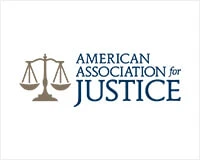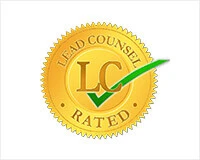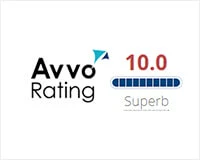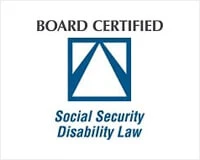Can You Sue Social Security to Receive Your Benefits? | Raleigh Disability Attorney
When the Social Security Administration (SSA) denies your disability claim, it can feel like you’ve hit a dead end. Many applicants wonder if they can sue the SSA to receive the benefits they believe they deserve. While the path to securing Social Security Disability benefits isn’t straightforward, there are legal remedies available when your claim is denied. At O’Malley Tunstall,
















